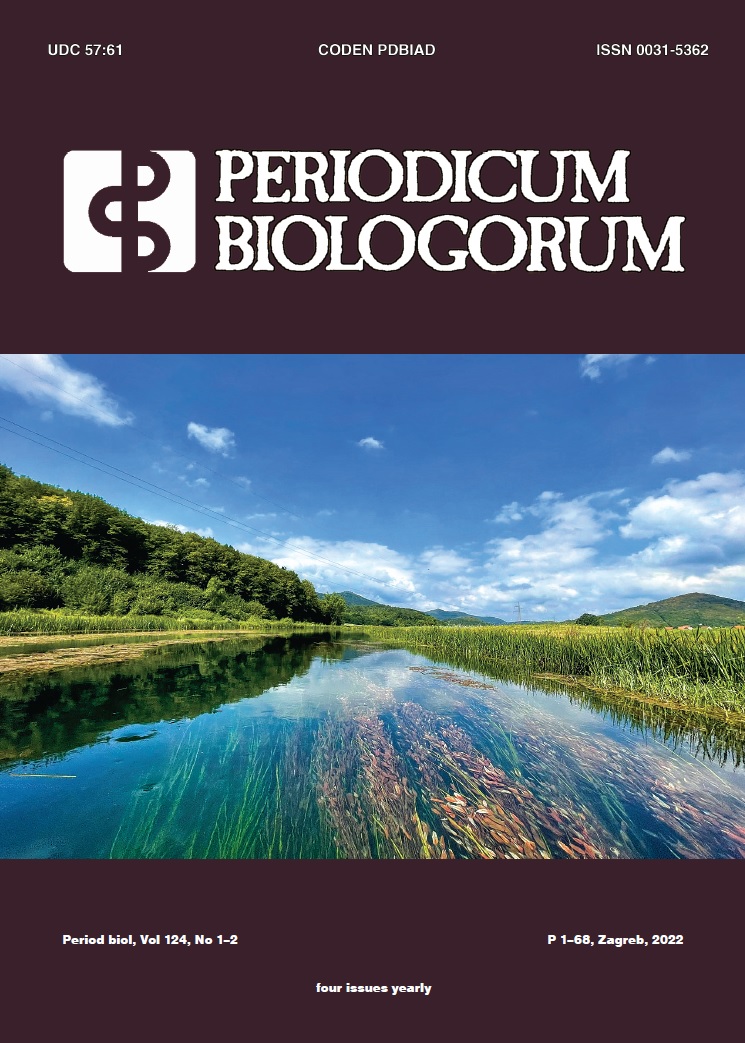An investigation amount of cell density, biomass, lipid and biodiesel production in Chlorella vulgaris microalgae under effect of different parameters
DOI:
https://doi.org/10.18054/pb.v124i1-2.20661Abstract
Background and purpose: Nowadays, microalgae are considered as the third-generation technology for the production of biodiesels in nature. Chlorella vulgaris is one of the most widely used microalgae for commercial purposes. It is one of the best options for producing biodiesel from algae because of its abundance and flexibility in cultivation. The systems applied for the production of algae are facing high expenses. One way to decrease the cost is to obtain the optimal values for the various parameters of the culture medium for maximum growth in algae.
Materials and methods: Therefore, in this study, the effect of parameters such as salinity, temperature, light intensity, light exposure time and acidity on cell density, biomass, lipid and biodiesel production was investigated.
Results: As a result, the highest cell density of Chlorella vulgaris was observed at 26 °C, light intensity of 3500 lux, light exposure of 17 hours, salinity of 5 ppm and pH of 7.5. The highest production of biomass was at light intensity of 3000 lux, light exposure time of 14 hours, salinity of 5 ppm and pH of 9. The highest lipid production was observed at 26 °C, light
intensity of 4200 lux, light exposure time of 18 hours, salinity of 11 ppm and pH of 8. The highest biodiesel production was observed at 26 °C, light intensity of 4200 lux, light exposure time of 18 hours, salinity of 11 ppm and pH of 8.
Conclusions: These types of algae, which maintain themselves against environmental and non-biological stresses, show high specimen ability and resistance to recombinant shapes.
Downloads
Published
Issue
Section
License
The contents of PERIODICUM BIOLOGORUM may be reproduced without permission provided that credit is given to the journal. It is the author’s responsibility to obtain permission to reproduce illustrations, tables, etc. from other publications.


